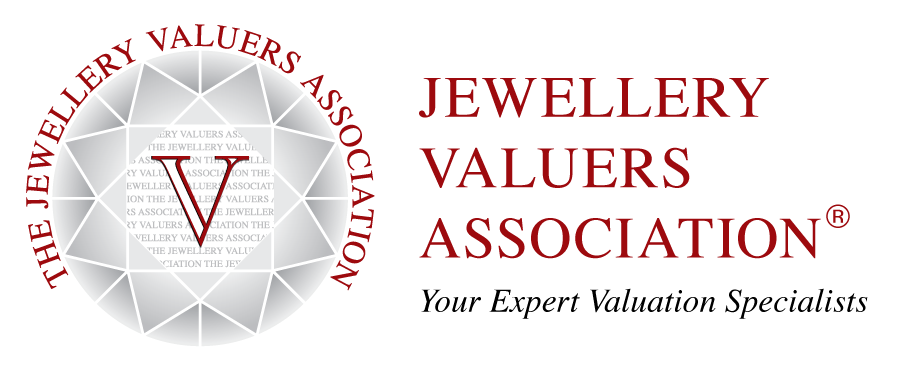Gareth Brown FGA DGA FJVA
The success of any insurance claim will often come down to what evidence you have to support your claim. And there is an assumption that just because you have something insured for a set amount, then that is what you'll get in the event of a claim. Sadly, that could not be further from the truth!
You see, an insurance company is only liable for 'their' cost of replacement. So it doesn't matter if you paid £5,000 for your diamond ring and that is what you have it insured for. If your insurance company can replace it for £2,500, then that is all they are liable to pay out.
This is why you hear so many people complaining that a cash settlement offered by their insurance company is less than they were offered if they replaced it at 'Joe Bloggs' jewellers. But why? It is because the cash offer is less the discount 'Joe Bloggs' jewellers would have given your insurance company.
Now, this is where what you can prove on your insurance claim becomes so important. If your only evidence about the quality of your item is a receipt or valuation with little detail, you are leaving yourself in a very precarious position.
Let's say, for example; you have a receipt or a limited valuation that states your diamond ring was an 18ct yellow gold ring set with a 0.50ct (half a carat) round brilliant cut diamond. Your evidence is missing an incredible amount of detail, necessary to settle your claim accurately
Let us imagine that your ring had a cast mount that weighed a hefty 5.00 grams and that your diamond was an F colour, VS1 clarity, had no fluorescence and had a very good grade in terms of its cut, polish and symmetry.
Now you can't prove any of that, and the insurance company only has to replace what can be proven, which in this example is an 18ct gold ring with a half-carat diamond. Now, do you think they'd give you the benefit of the doubt and base the settlement value upon a heavyweight mount with a high-quality half-carat diamond? Or do you think it's more likely, that the ring mount will be lightweight and the diamond will be more of an average quality piece?
You can, of course, contest any settlement value if you feel it doesn't truly reflect what you had. To which your insurance company will say, "Fine, what additional evidence do you have to support a higher settlement amount?" And sadly, it is unlikely you'll have anything. So you're stuck between the rock and proverbial hard place. You know your ring was better quality and would cost more to replace than what is on offer, but as you have no way of proving it, there isn't much you can do.
So what can you do to protect yourself?
Firstly do not rely solely on your purchase receipt, an old or limited valuation. Always get your jewellery valued regularly and always ask the person providing the valuation what sort of information will be recorded and shown on the document. Remember, you want as much information as possible recording. You'll be looking for specifics, such as the items weight, manufacturing type, dimensions and qualities, and condition, amongst many others. A professional valuation is an in-depth and detailed report, not a paragraph on a single piece of headed paper.
Secondly, employ the services of valuers who are members or fellows of professional valuation organisations, such as the Jewellery Valuers Association
This will ensure that every key aspect of your item is examined and recorded, providing you will all the evidence you need to support a claim.
Finally, but equally important, never assume your insurance company knows what you have or how you would choose to replace it; tell them both verbally and in writing! Do not assume that everything will be fine, be proactive with your insurance. Being so will mitigate the possibility of you being underinsured or lacking the evidence to support your claim.
Ideally, you'll never have to make a claim, but it is always better to be prepared.
About the Author:
Gareth Brown FGA, DGA, GIA-Pearls, CPAA, AJP, FJVA, is a professional watch and jewellery valuer, and a fellow of The Jewellery Valuers Association. He is also the director of Clarity Valuations Ltd, a specialist company providing independent watch and jewellery valuations to members of the public, jewellery trade, solicitors, insurance companies, and local authorities.
